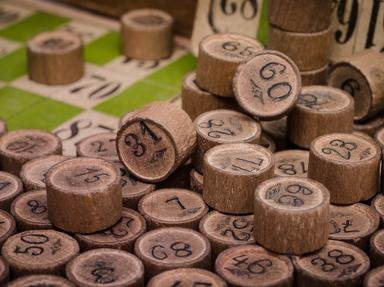
Mind Benders Trivia Quiz
See if you can solve the puzzle by finishing the sentences! Example: 7 D in a W Answer: Days in a Week. Don't include the numbers. Have fun and stretch your imagination!
This is a renovated/adopted version of an old quiz by author o2bamaiden
A photo quiz
by Buddy1.
Estimated time: 5 mins.